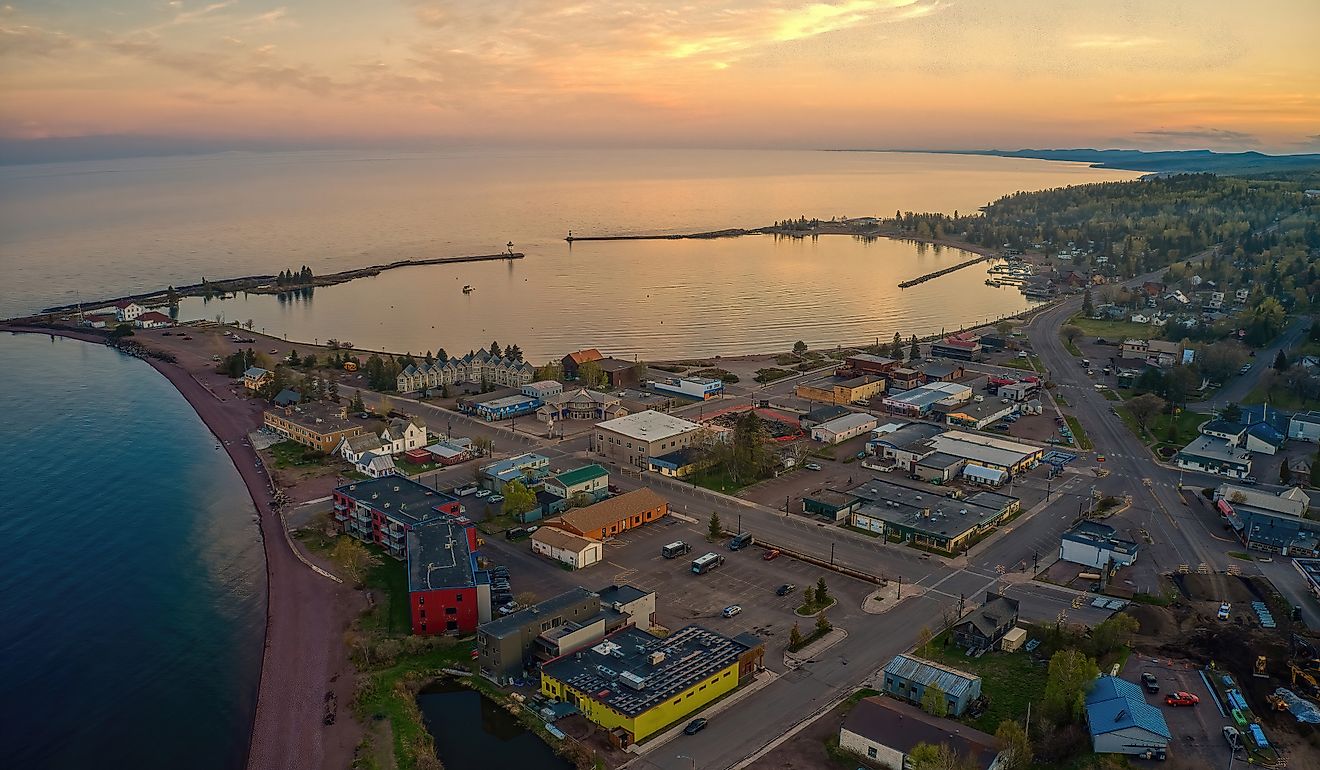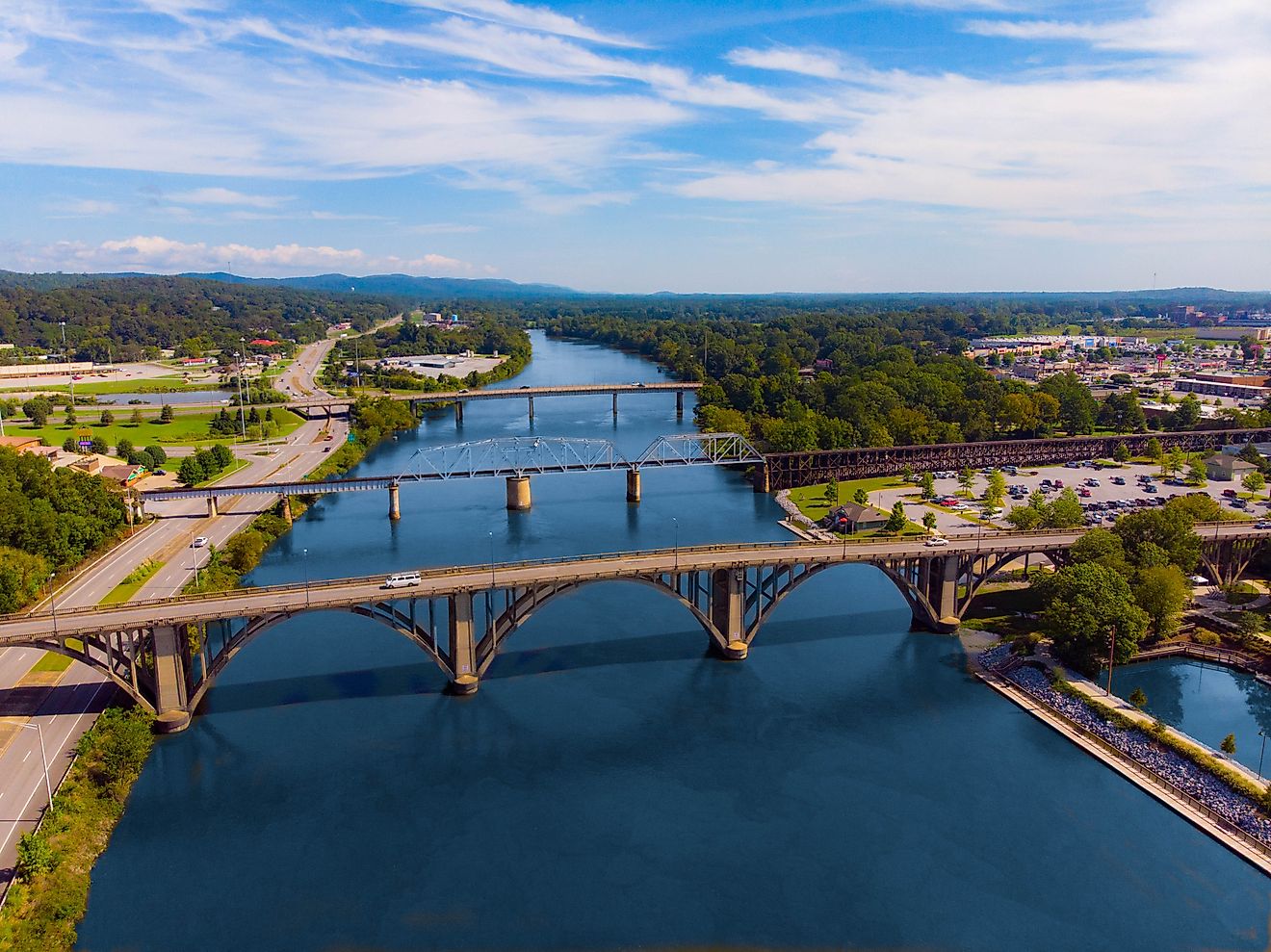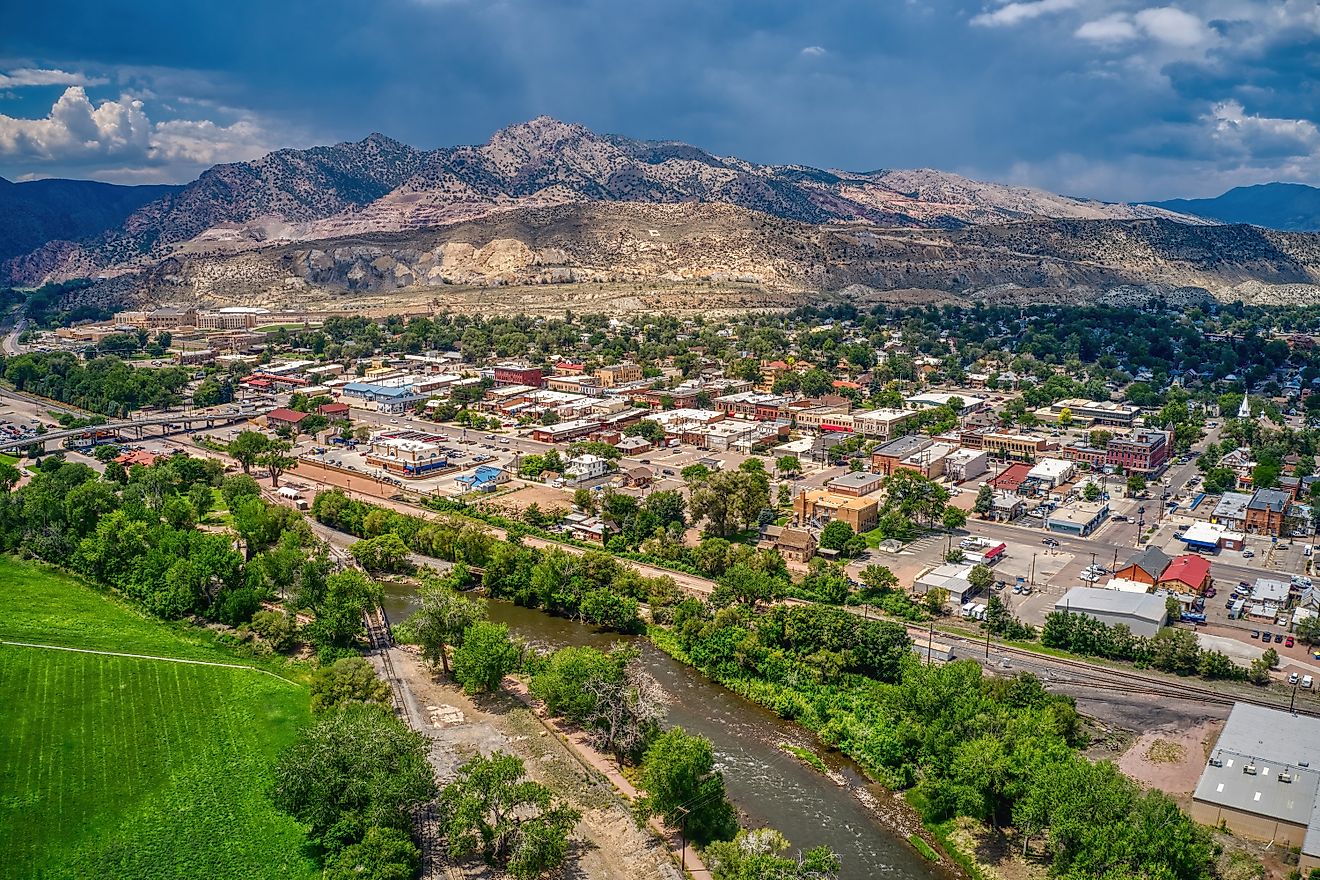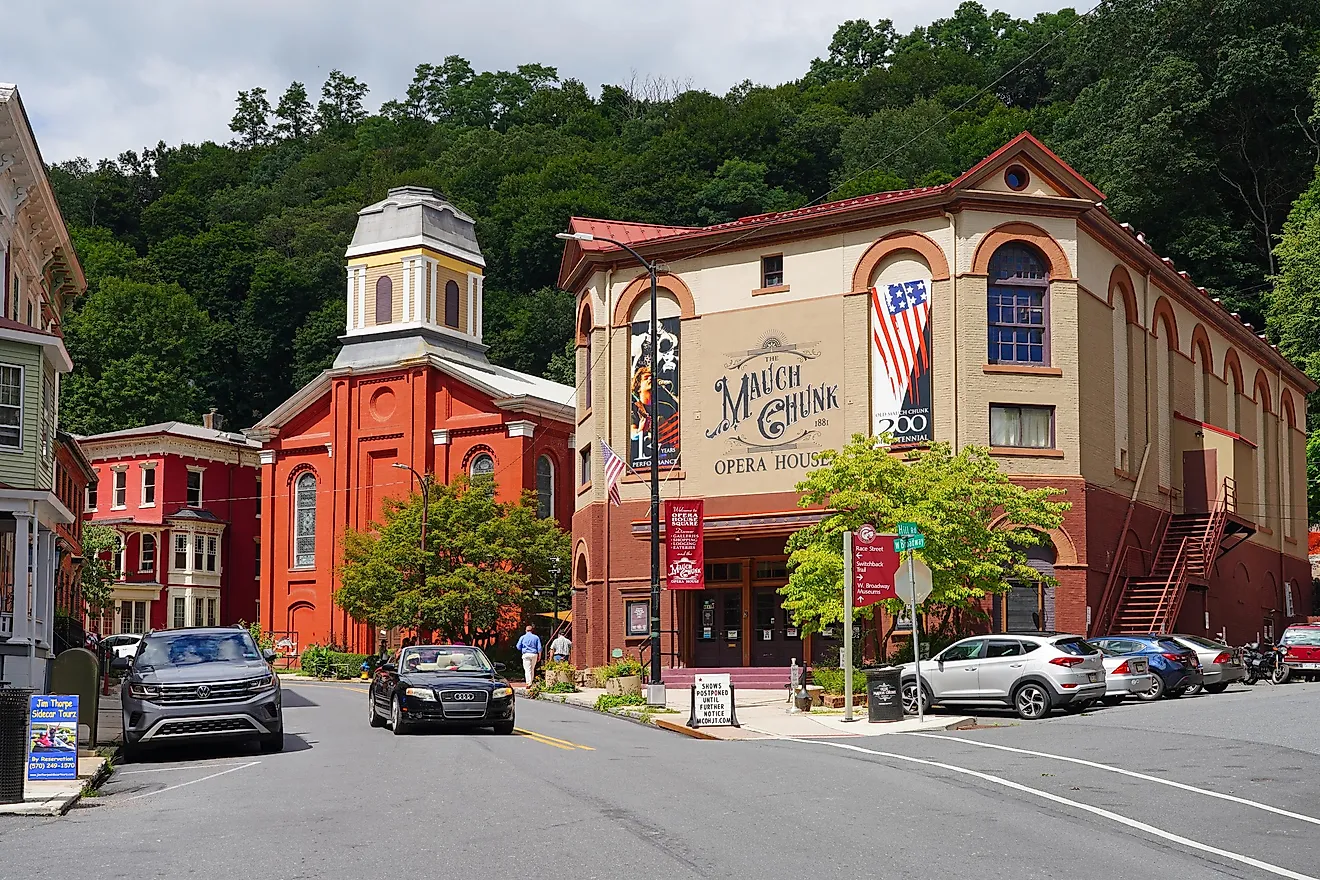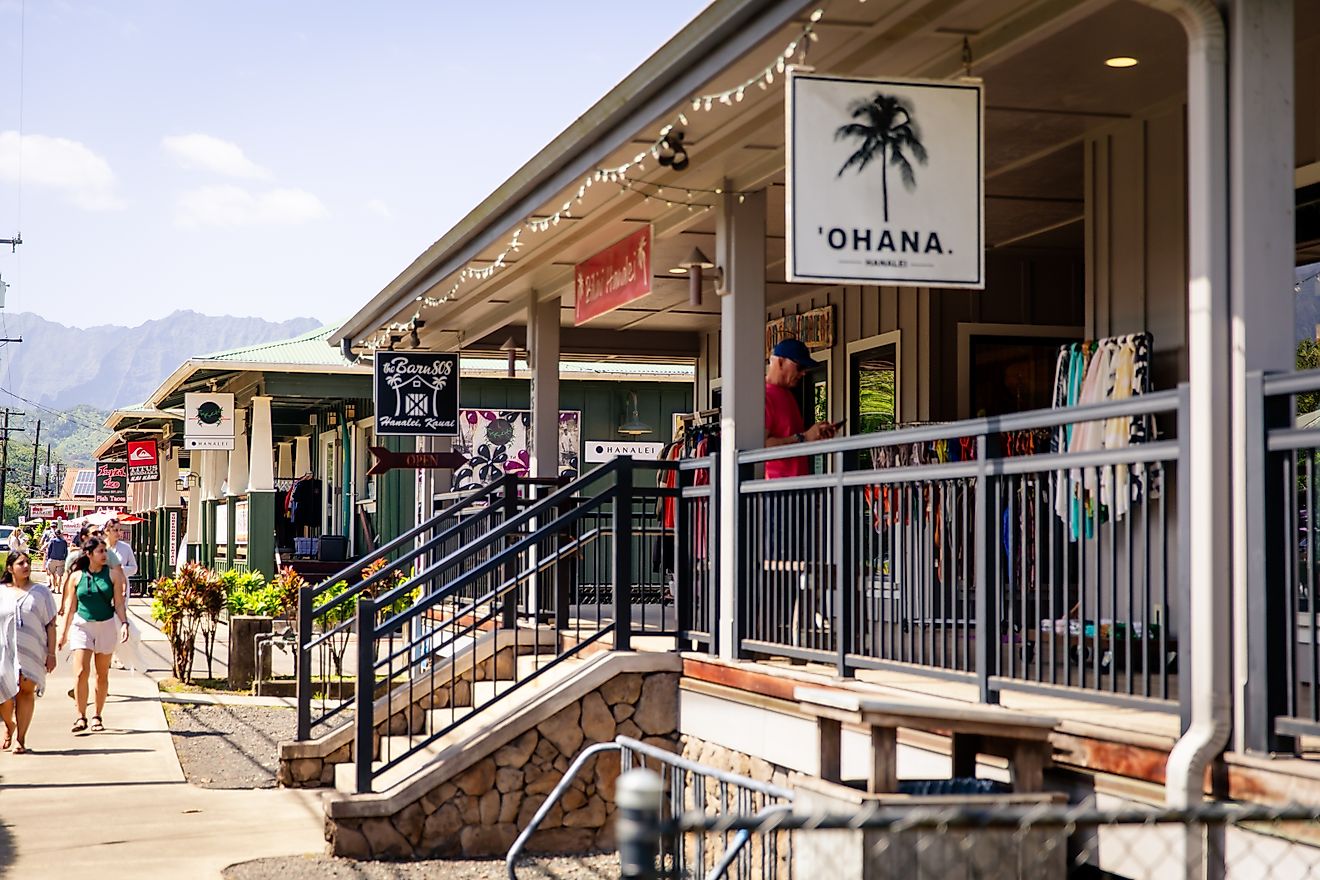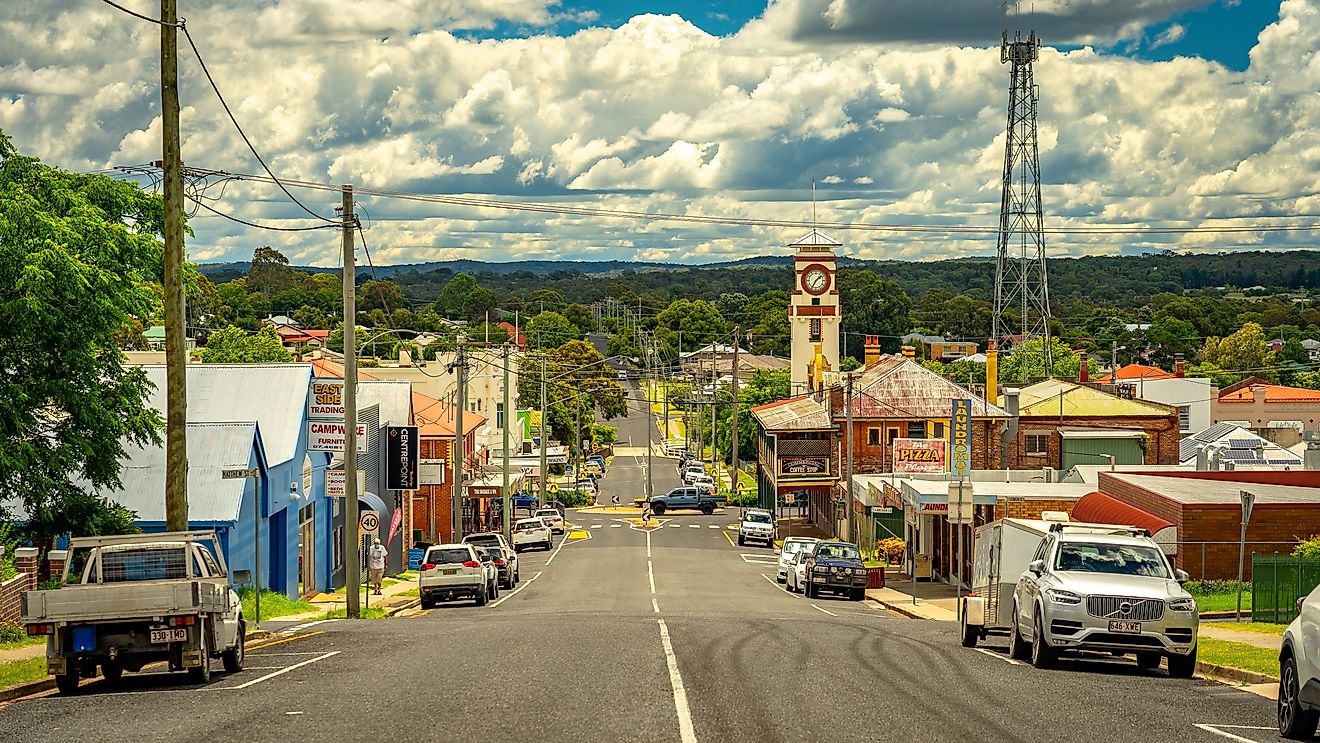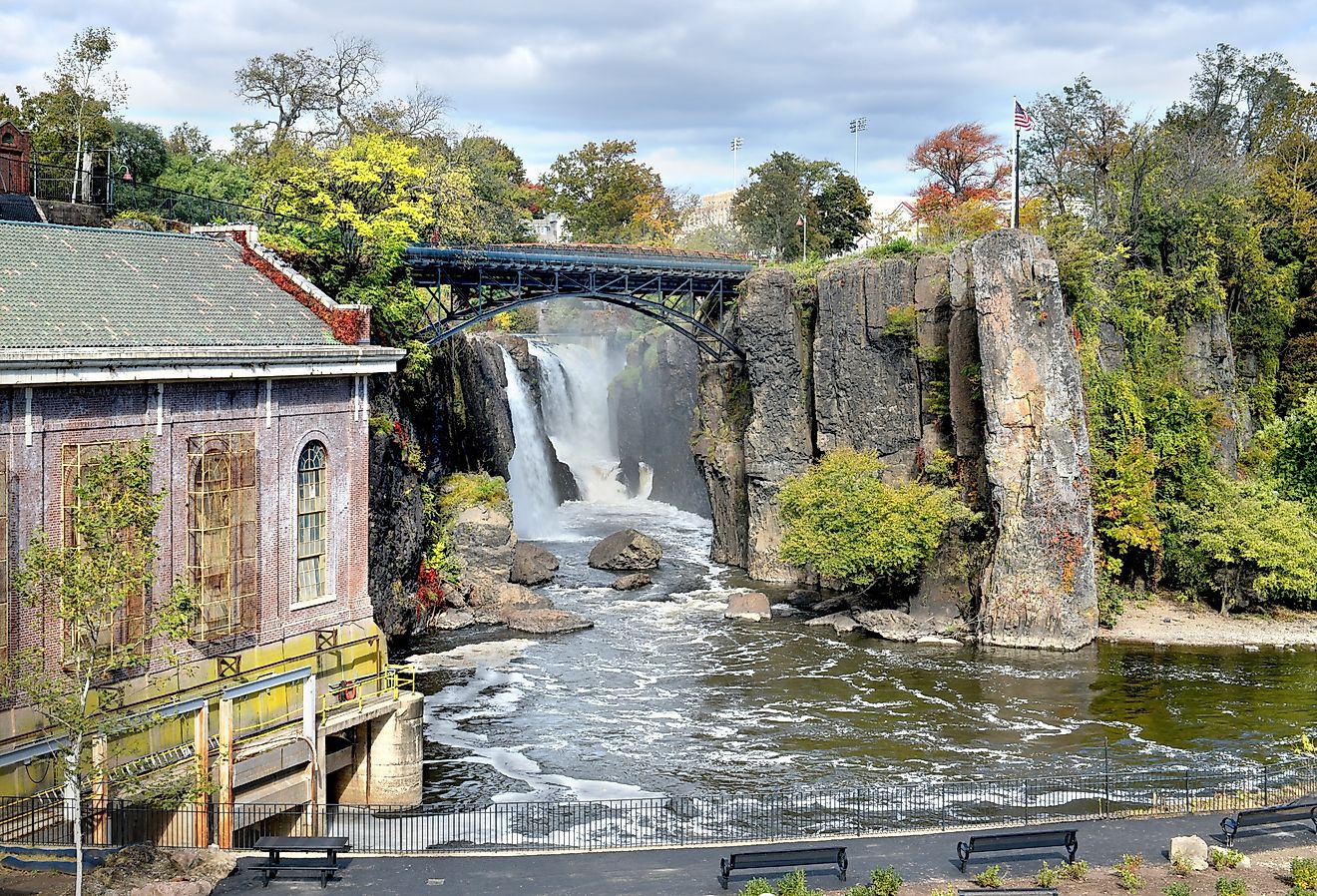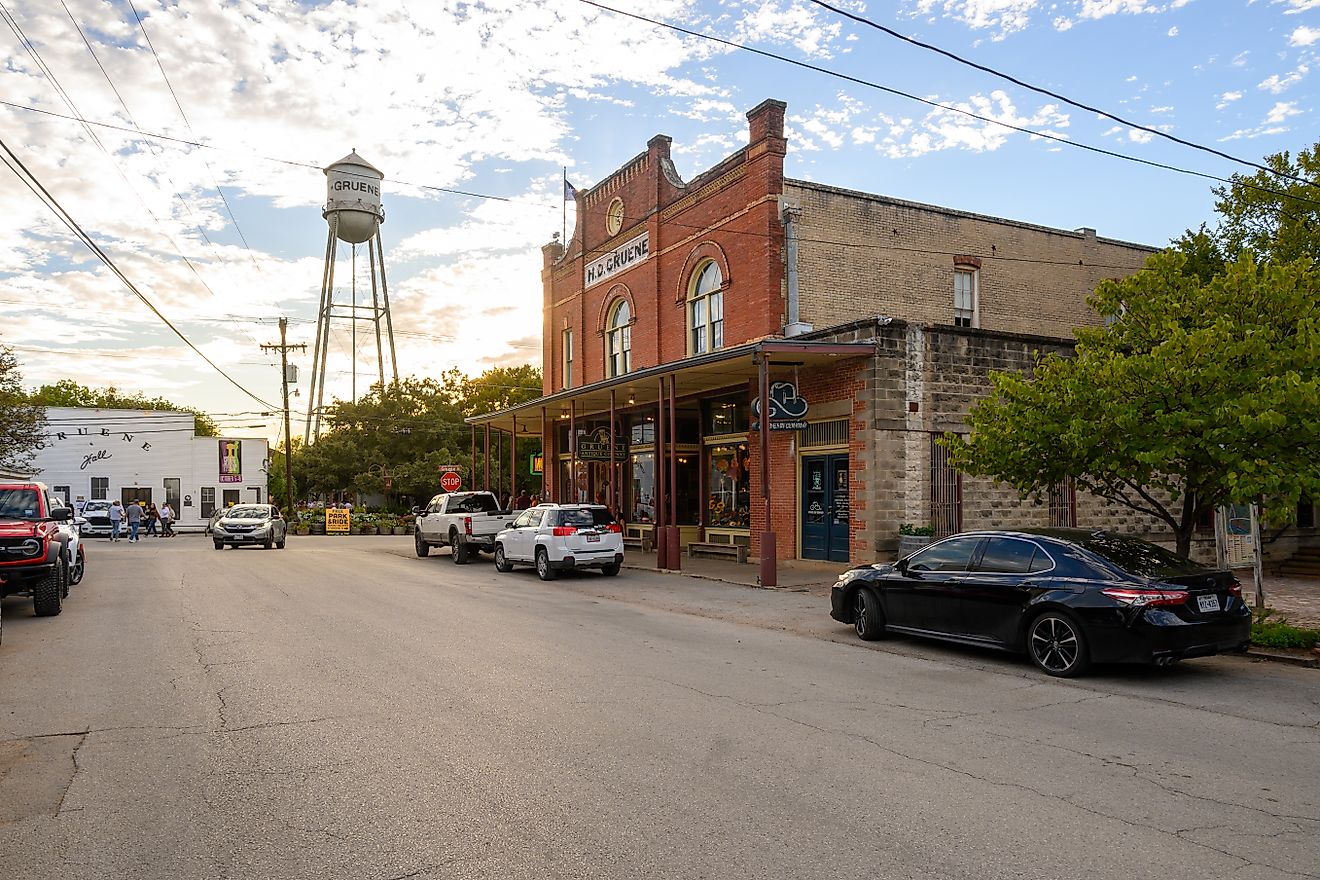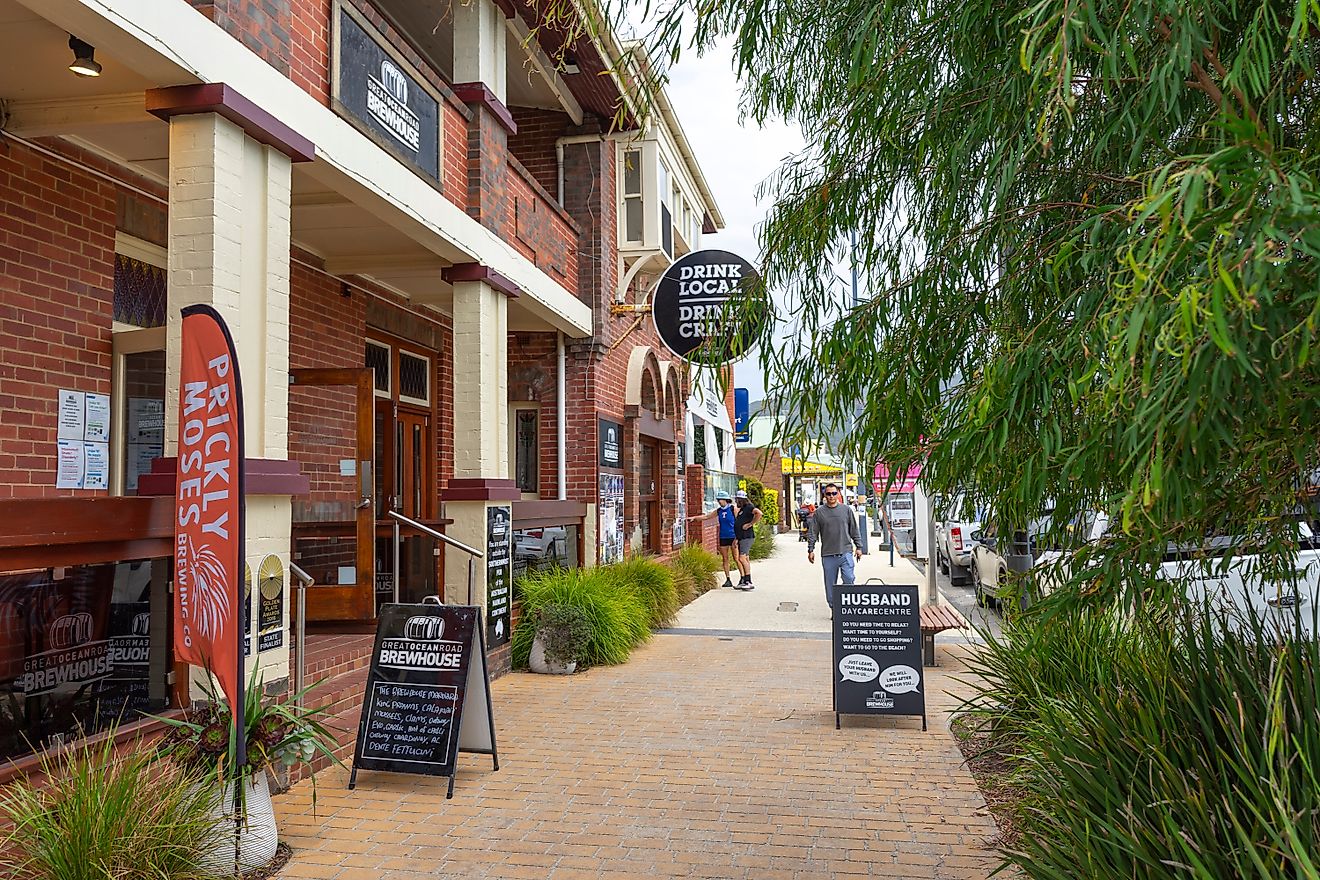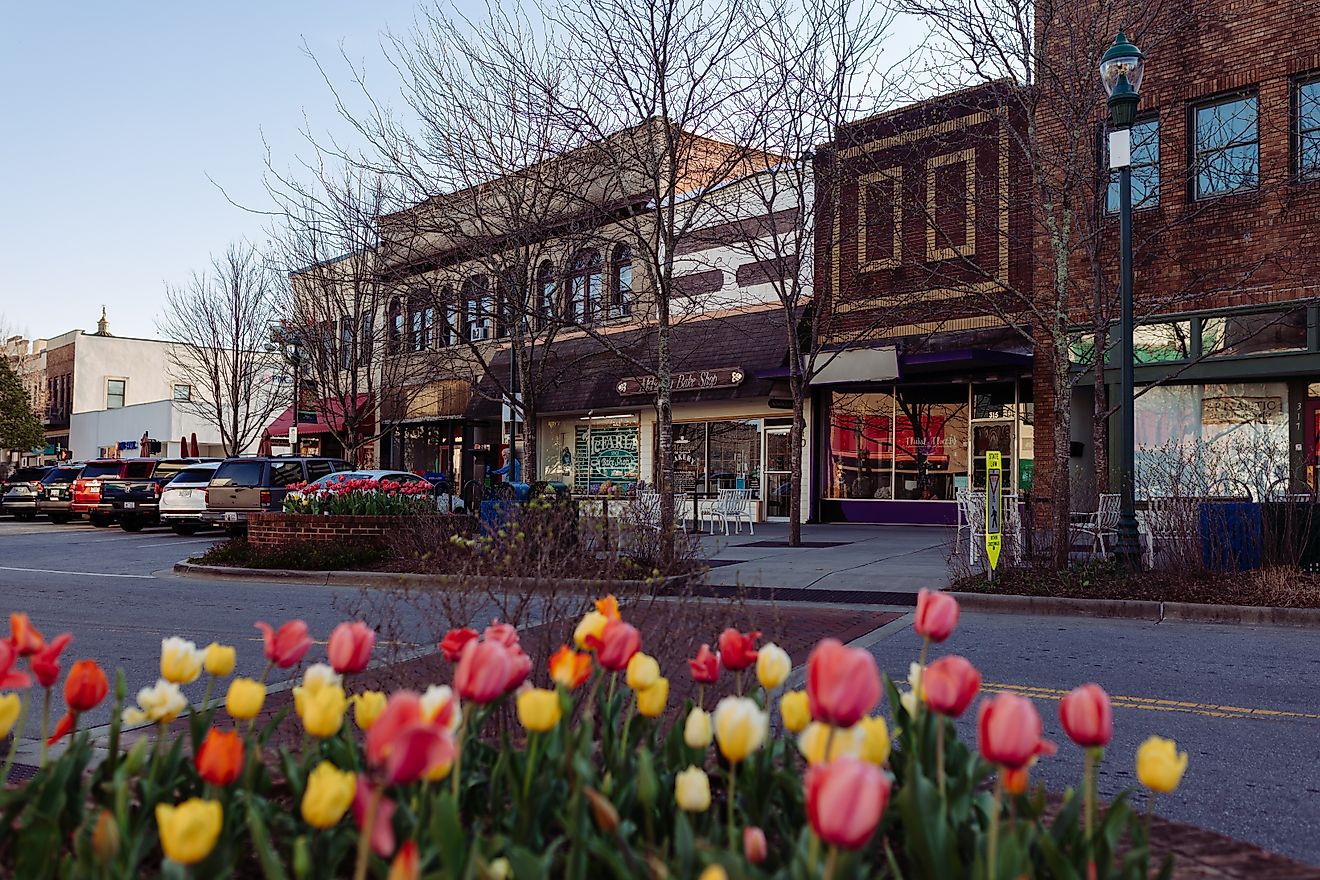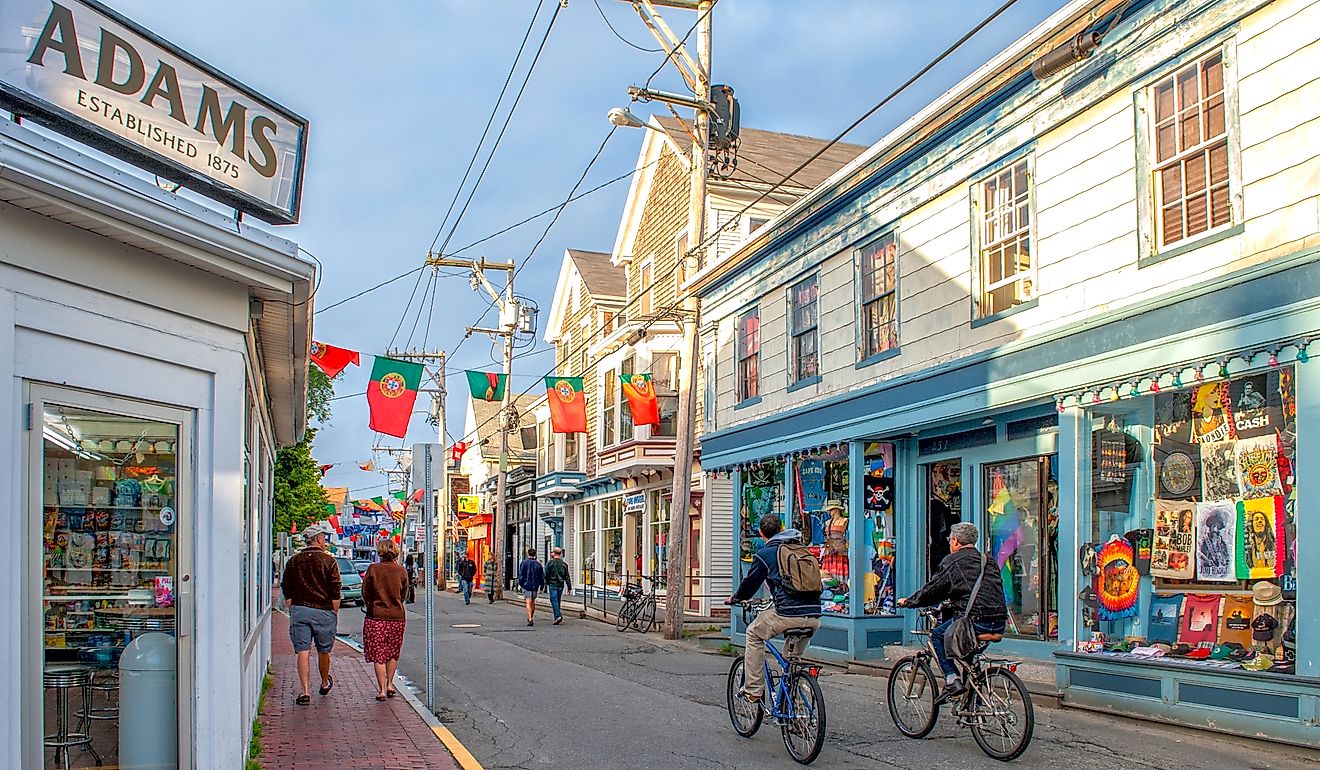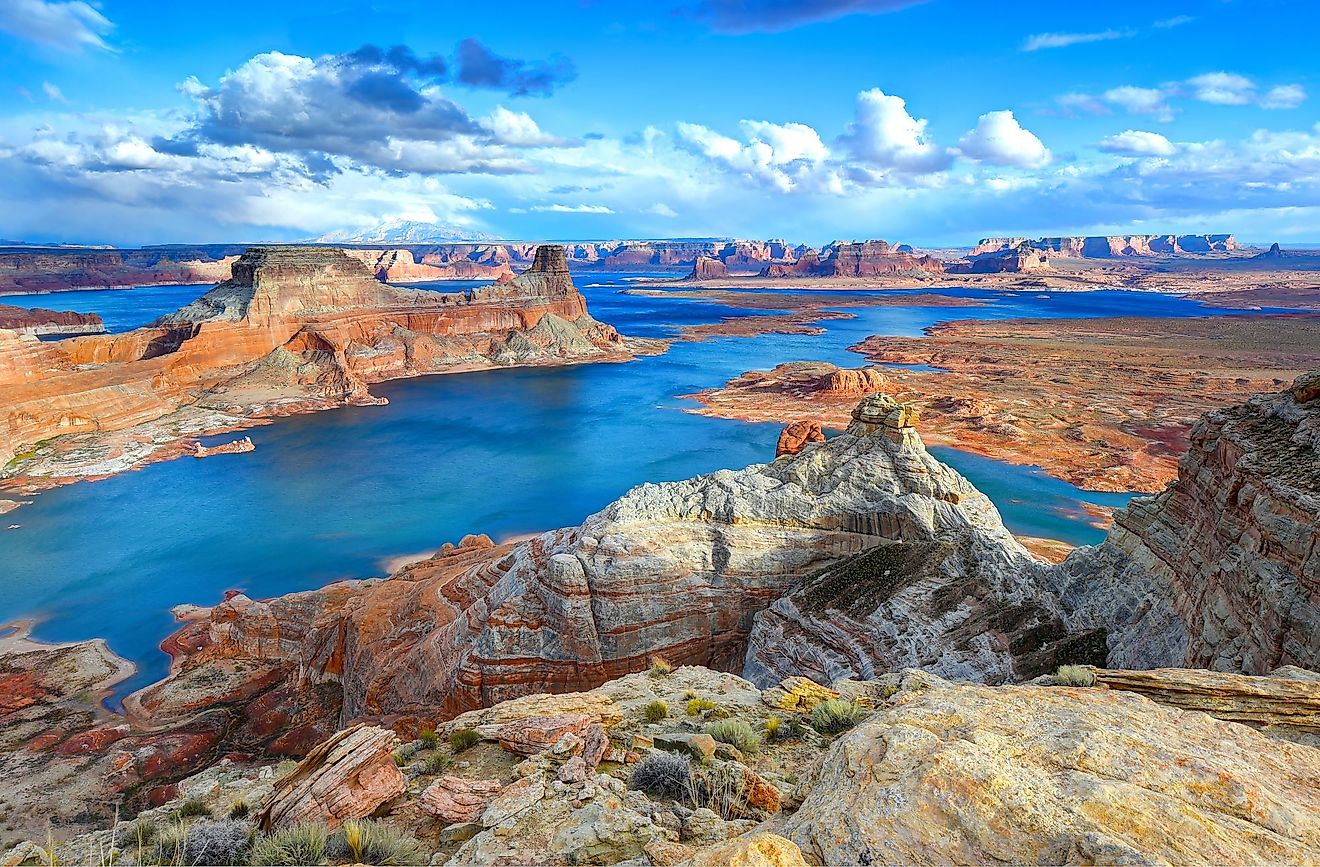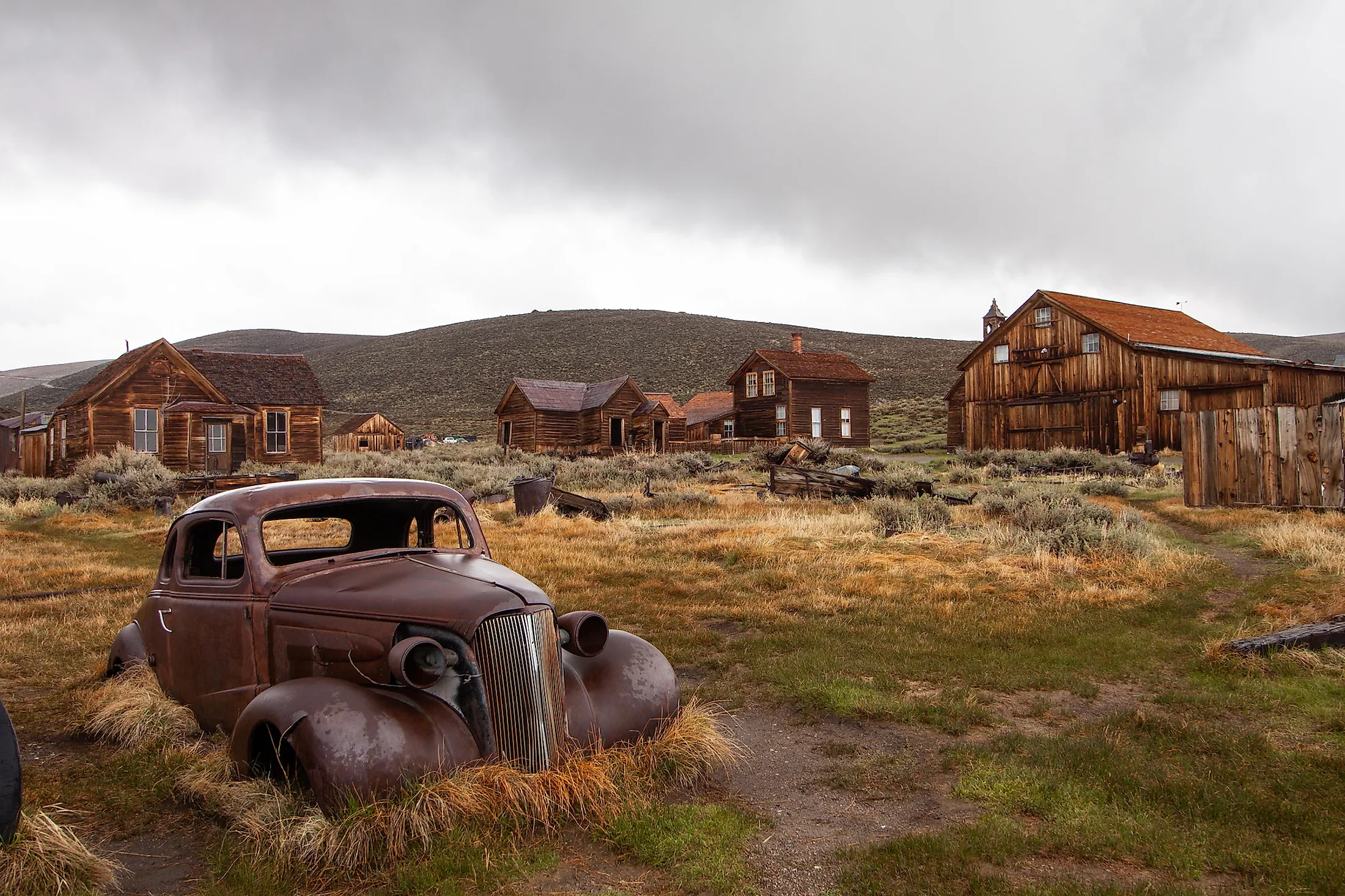
Bodie, California
Situated in the US state of California, close to its border with Nevada, is the site of what was once the town of Bodie. In the late 19th century, Bodie was a thriving mining town in which as many as 10,000 people lived. It was very typical of the towns built in what was once the Wild West of the United States. But this town’s boom time was short-lived. In fact, by 1915, people were calling it a ghost town. By the 1940s, there were but three people living in Bodie. Today, the town has no permanent population, and is now the site of the Bodie State Historic Park, meant to preserve what is left of the original locale.
Geography
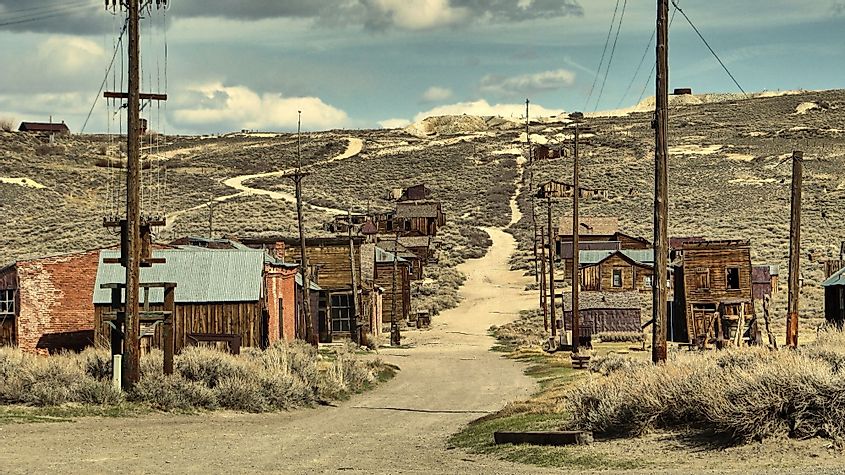
Bodie is located to the east of the Sierra Nevada Mountains, about 121 km southeast of Lake Tahoe, which straddles the border between California and Nevada. About 19 km to the southeast is the town of Bridgeport. Bodie Bluff is located northeast of Bodie, and Bodie Mountain is situated to the ghost town’s northwest. The closest body of water, Tailings Pond, is located to the east of Bodie. A river called Bodie Creek runs through the former town, which has an elevation of 2,554 meters.
Brief History
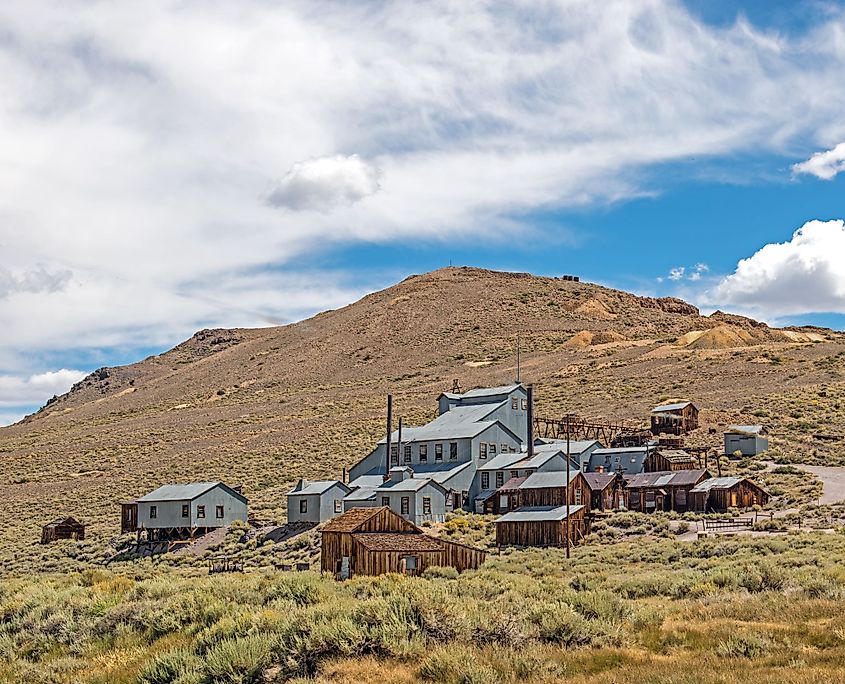
The story of the now-abandoned town of Bodie begins in 1859, when a group of prospectors, including a man named William (aka Waterman) S. Bodey discovered gold near what is today the aforementioned Bodie Bluff. Shortly after this discovery, Bodey perished in a blizzard while making a supply trip. What would become the town of Bodey was named for him, though its spelling was later changed to Bodie after a painter in a nearby town lettered a sign that said "Bodie Stables." In 1861, a mill was established, and the town of Bodie began to expand. Initially, the growth was slow, and started with only twenty miners. One reason for this slow growth was that Bodie had to compete with nearby boomtowns, where precious metals were also discovered. Growth in Bodie began to take off, however, after a company discovered gold-bearing ore in the area in 1876.
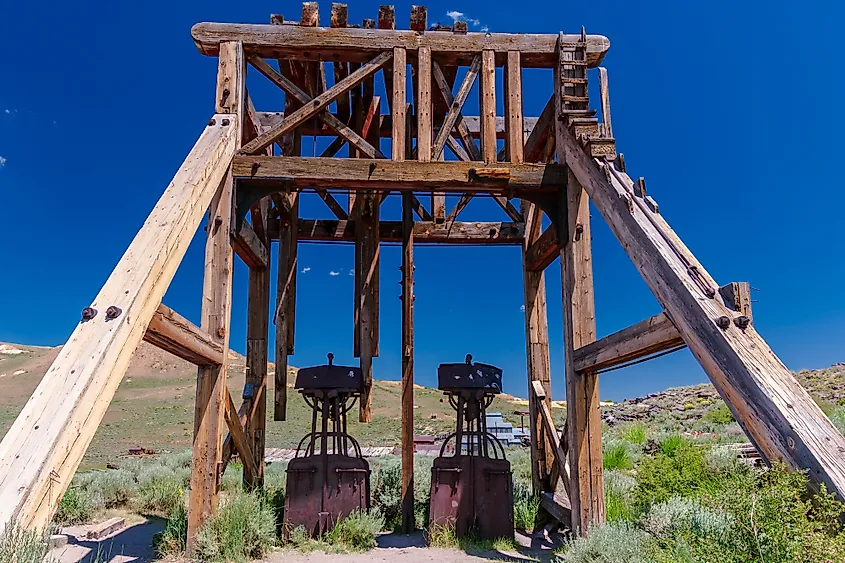
Just four years later, the town’s population grew to 10,000. Bodie became a town typical of the Wild West, complete with gunfighters, robbers, prostitutes, gambling houses, and saloons. In fact, at one time, there may have been up to 65 saloons in the town, some of them serving as brothels and "houses of ill repute." The daily routine in the town was characterized by miners coming from the mills and going into bars and the town’s red light district to spend their leisure time. As was typical with many Wild West communities, the mixture of money, gold, guns, and alcohol often resulted in violence. Indeed, on a daily basis, the town's people would wonder if anyone got killed the night before, using the phrase, “Have we a man for breakfast?”
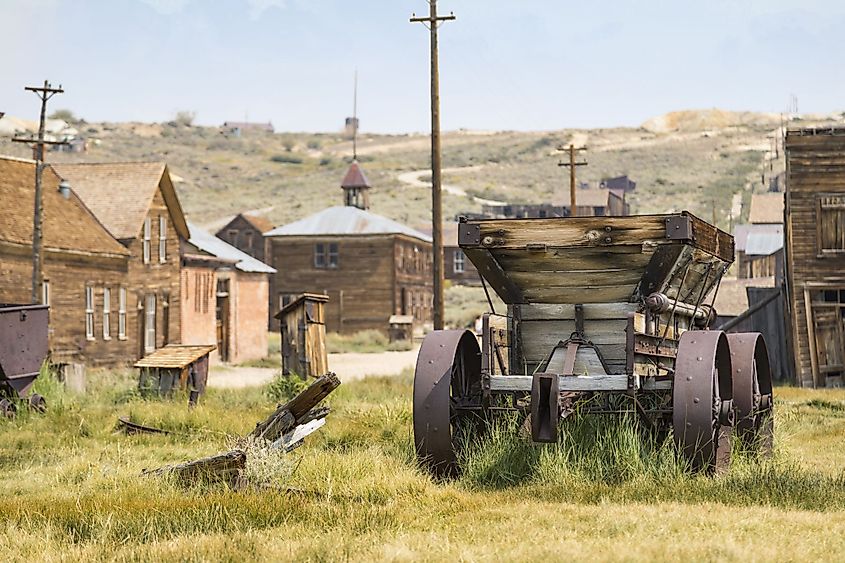
After 1880, the town of Bodie began to decline. One reason was that it again had to compete with other boomtowns that drove people away from it. As miners left Bodie for other boomtowns, the town began turning into a family community. There were, however, still many miners among the town's people, and the mines still flourished, producing $3.1 million in 1881. The arrival of the railroad in 1881 also helped the town to stay afloat. In the 1890s, the town entered a period of slight revival with the advent of new technologies that were employed in the area’s mines. Bodie also witnessed history in the making after a company built a hydroelectric plant about 20.9 km away at Dynamo Pond, which powered the company’s mill. This was the first time in American history that electricity was carried over such a long distance. By 1910, the population of Bodie was reduced to 698. Three years later, one of the area’s most significant mines closed. Mining profits in 1914 were at an all-time low of $6,821, though a year later, a mill reopened, and its owners invited former employees of their company back to work. They would end up making $100,000 in profits in 1915. But this profit was not enough to stop Bodie’s decline. In fact, by 1915, people were already starting to describe the town as a “ghost town”, though there were still people living there. In 1917, the Bodie Railway was abandoned. By 1920, the population of Bodie was recorded at just 120 residents.
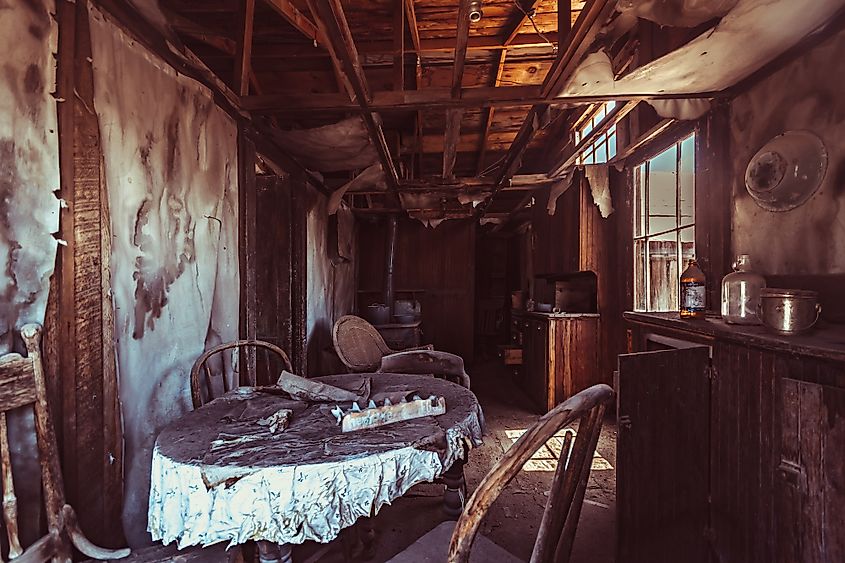
The last mine in the area closed in 1942. The town was not completely abandoned until almost halfway through the 20th century. Bodie even had a post office until 1942. During the 1940s, Bodie faced the threat of vandalism. At this point, the Cain family, who owned much of the land in the town, hired caretakers to preserve the town’s structures. In 1961, Bodie was declared a National Historic Landmark. One year later, the Bodie State Historic Park was created. The town was also named California’s official state gold rush town. Today, there are 110 original structures still standing, including one of the many gold mills that used to be in the area.
Important Buildings in Bodie
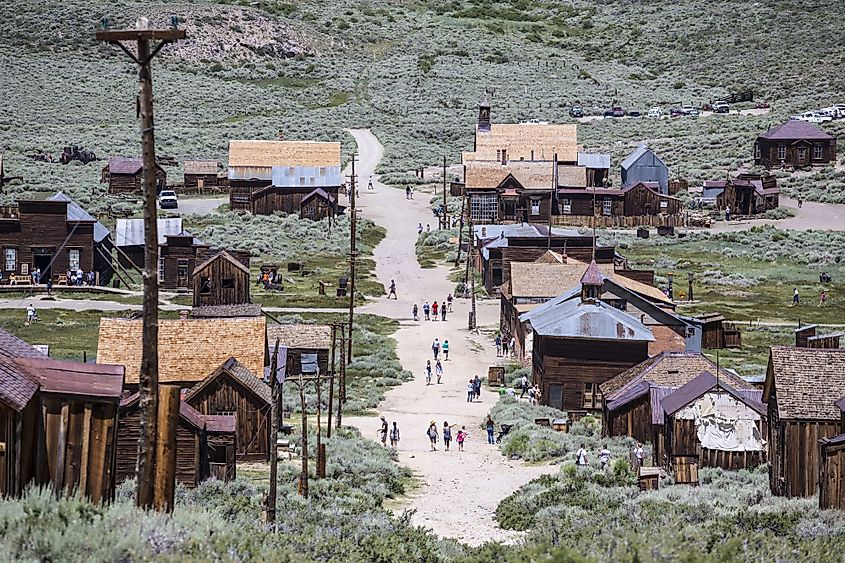
The Bodie State Historic Park has preserved several types of buildings that were part of the original town. Among the preserved structures are the homes of some of the town’s most prominent families. Many of these families were people who owned or worked in the mines. Some established and ran certain businesses in the town. For instance, the Johl House was the home of Eli and Lottie Johl, the former of whom immigrated to the United States from Germany and helped set up a butcher shop in Bodie.
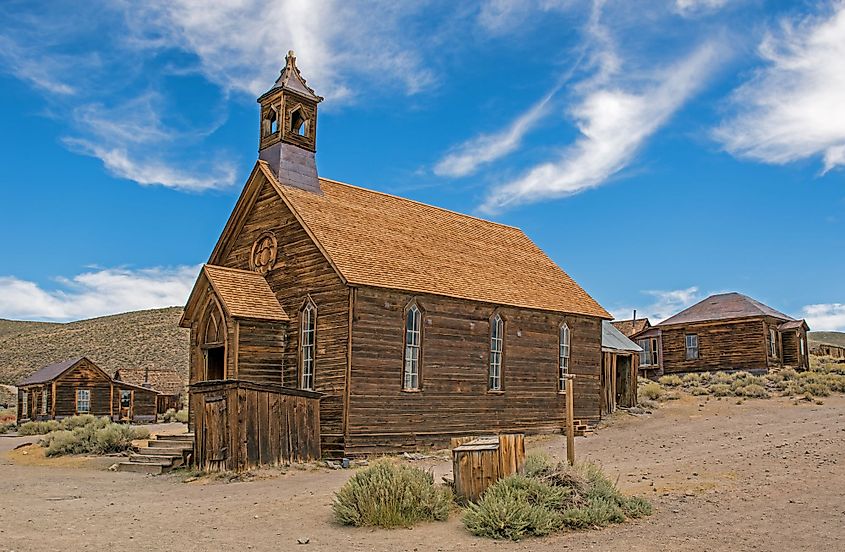
Some of the structures that once housed businesses still stand in Bodie. There were 102 businesses that once existed in the town. These included saloons, like the Bonanza Saloon and Gunn’s Saloon; restaurants, such as the Gem Eating House and Lafayette Restaurant; hotels, including Champion Hotel and Grand Central Hotel; newspapers, like the Bodie Courier and the Bodie Standard; and mining companies such as Bodie Bluff Consolidation Mining Company and Consolidated Pacific Mining Company. Three other significant sites that are still present in Bodie are the old Bodie Railway, the Methodist Church, and Bodie Cemetery, which contains 150 markers. There is also a museum in what was once the Bodie Miners’ Union Hall.
